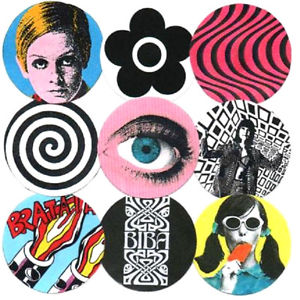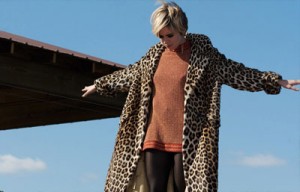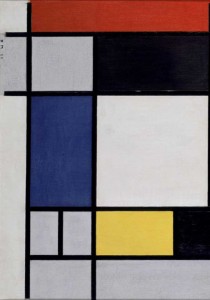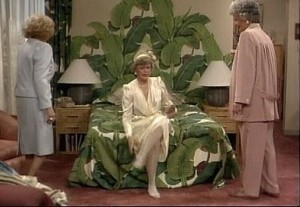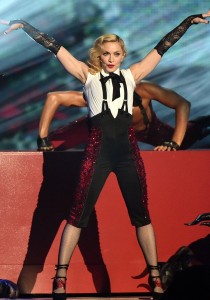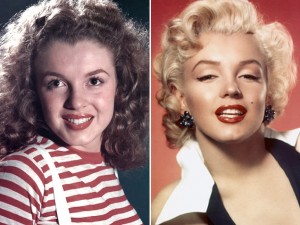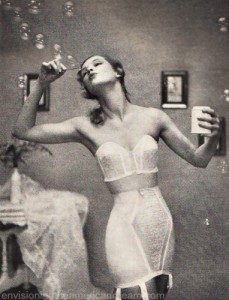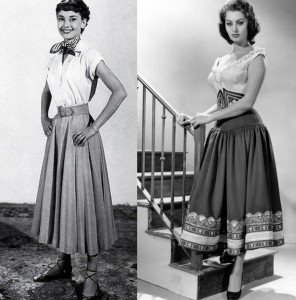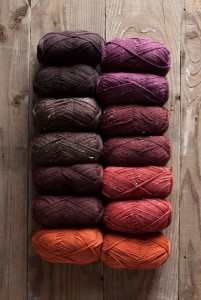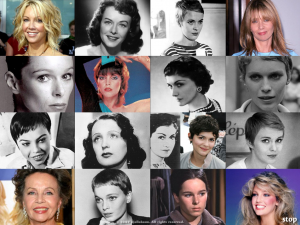
(Source)
As I prepare to begin my thorough exploration and explanation of Kibbe types, I’ve made a decision that deviates from the current common way of looking at the types. That decision is to include C, G, and N as separate types.
Apparently, Kibbe has told people who have gone to see him in the past couple of years that he no longer gives people these designations. He still tells some people to use the recommendations, but will give them a designation depending on how slightly more yin or yang they are. The typing services that used Kibbe as their starting point, Best Dressed and Guiding Lines, have followed suit, with Guiding Lines keeping Natural and Best Dressed splitting each base type into yin and yang variants.
For a long time, I felt that whatever Kibbe is currently doing is what we should follow. I never used the middle types when giving someone my opinion about their type. But more and more, I saw that doing so was doing people a disservice. Some truly suit the middle types better than going to either the yang or yin version of the base type.
What it does is split types that have a middle type down the middle. In the Facebook group for Flamboyant Gamines, this obvious. There is a distinct group who suit the Flamboyant Gamine recommendations the best, and there is a distinct group that does better with the regular Gamine recommendations. I wrote about this here. This can cause confusion. In fact, I think I would have gotten to Flamboyant Gamine much faster if Flamboyant Gamine didn’t always seem to be mixed with Gamine. I can’t wear Gamine clothes at all, although I could at lower weights. Many aspects of the Flamboyant Gamine recommendations are actually rarely reflected on Pinterest. Plunging necklines and chunky knits are rejected in favor of cute little mod dresses with cute little pointy collars.
It not only does people a disservice to tell them to go either more yin or more yang when they clearly suit the middle type best, it also does a disservice to people who are trying to understand Flamboyant Gamine or Soft Classic to mix them up with Gamine and Classic.
That is not to say that I don’t think people who are Gamine should shy away from certain aspects of the Flamboyant Gamine or Soft Gamine recommendations, and ignore the fact that their yin/yang balance might tip them a little one way or the other. Far from it. But I also think that it’s more useful to identify these types as separate types, since the basis for the recommendations is different and you can see the differences in body shape and facial features.
The way I see it, we can see the transition from the yin version to the yang version of a type as a continuum. The distinctions aren’t hard and fast; they flow into one another. And where you are on this continuum may change with body changes like weight gain, as I mentioned above, or pregnancy. Your type, however, will not fundamentally change. You should understand both your own type and the other type(s) that fall under the umbrella term (Romantic, Classic, etc.) and understand whether you can pull from them or not. But I think it’s better to understand the middle/base types as distinct types on their own, rather than lumping in with the very yang or very yin version.
I don’t know as much about the Classic/Gamine/Natural types on their own, which is another problem with getting rid of them altogether. My hope is that by including them in my Kibbe type study, I will increase both my own and others’ understanding of what makes these types distinct.
P.S.: I am still accepting Essence and Body Survey responses! Also, I have a new Facebook page where I will post both links to new articles and random style and color thoughts.
